The H-10000 has separate power supply and amplification units. On the upper center of the amplification unit’s front panel, there is an input selector dial for the four inputs. Below that dial, there are two pairs of LCR multicurve EQ knobs, one for each channel. One knob of each pair is for turnover, and one knob of each pair is for roll-off. There are a total of four balance meters, two for each channel, that monitor whether DC is involved during the amplification process. There is also a mute/operate button. On the left of the rear panel, there are four pairs of RCA inputs, two each for MM and MC cartridges. On the right side of the rear panel, there is one pair each of XLR and RCA output terminals.
The amplification unit employs a total of 16 vacuum tubes, 8 on each side, each in its own polycarbonate chimney. The vacuum tube arrangements on each side of the step-up transformer controls differ. Because this phono amplifier uses two-stage amplification to attain a high gain of 40-72dB, the left and right channel input signals are each first-stage amplified through an ECF802 triode-pentode tube, then a double triode E180CC, followed by two 7233triodes.After phono curve correction, the left and right channel signals are each amplified in a second gain stage, again through an ECF802, an E180CC, and two 7233s. However, the tubes of this second stage appear on the chassis top in reverse order to the tubes of the first gain-stage.
As with our other OTL/OCL designs, the permalloy core output transformers that are Allnic‘spride disappear from the H-10000. Instead, two 7233output tubes per channel form a single-ended push-pull (SEPP) circuit that uses both positive and negative power to prevent DC from passing to the next stage. The reason the 7233 was chosen as the output tube is that it has very low internal resistance; at only 230Ω, it can powerfully drive the following preamplifier or integrated amplifier without coloration or distortion.
Silver-wired, built-in MC step-up transformersareanother feature of the H-10000. Allnic’s phono-stage preamplifiers and step-up transformersinitially became famous because they used permalloy, with its high permeability, as the transformer core. Then, the performance of the step-up transformers was further improved by making the coils with silver wire, which has a higher conductivity than copper. Step-up transformer losses occur due to coil resistance and core saturation during the energy conversion and transfer process, but using a silver wire coil reduces those losses by allowing the coil resistance to be lowered as much as possible.
The H-10000 allows you to select the amplification factor and input impedance of this step-up transformer from four options. Looking at the step-up transformers, one per channel at the rear of the top panel, each has four amplification factors and winding ratios indicated: 22dB (×13), 26dB (×20), 28dB (×26), and 32dB (×40). The MM gain of the H-10000 is 40dB, and the MC gain is 62dB, 66dB, 68dB, and 72dB. Once the turns ratio is determined in this way, the MC input impedance is automatically determined by the formula ‘MM input impedance / turns ratio squared’. If the MM input impedance is 47KΩ, then: 22dB is 278Ω, 26dB is 117Ω, 28dB is 69Ω, and 32dB is 29Ω.
A final highlight of the H-10000 is that it supports not only the standard RIAA curve, but also other phono curves, such as the Decca and the Columbia, through the ‘LCR Multi-Curve EQ Units’;the two units per channel are controlled from the front panel. For example, the RIAA curve can be selected at 500Hz as the low-pass turnover frequency for a 6dB boost in the equalizing stage, and -13.7dB as the attenuation level when playing 10kHz high-pass. In addition to these standard values, the H-10000 has turnover frequencies of 250Hz, 400Hz, 500Hz, and 700Hz, and high-pass attenuation levels of -5dB, -11dB, -13.7dB, and -16dB.
SPECIFICATIONS FOR THE ALLNIC AUDIO H-10000 PHONO-STAGE

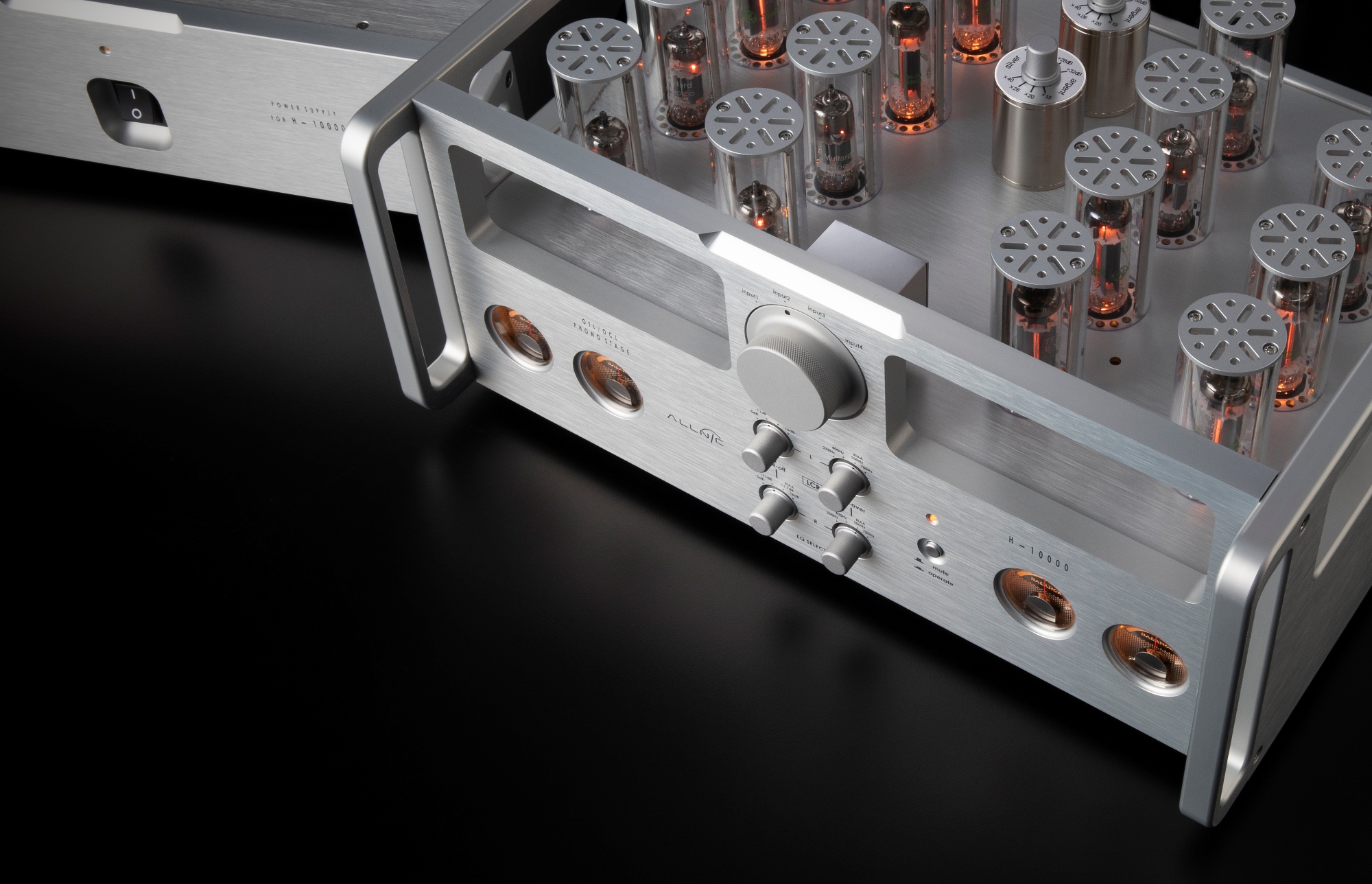

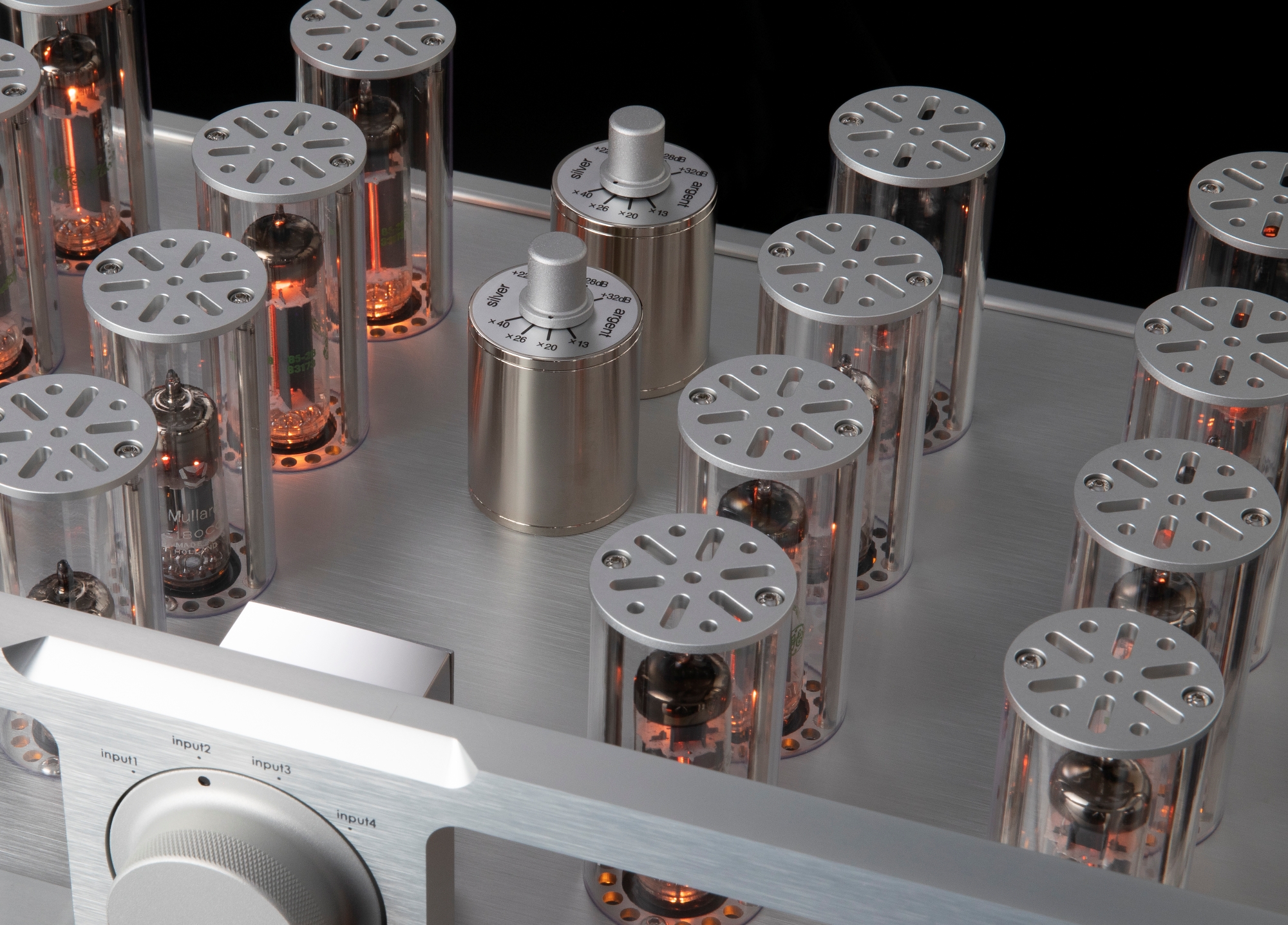
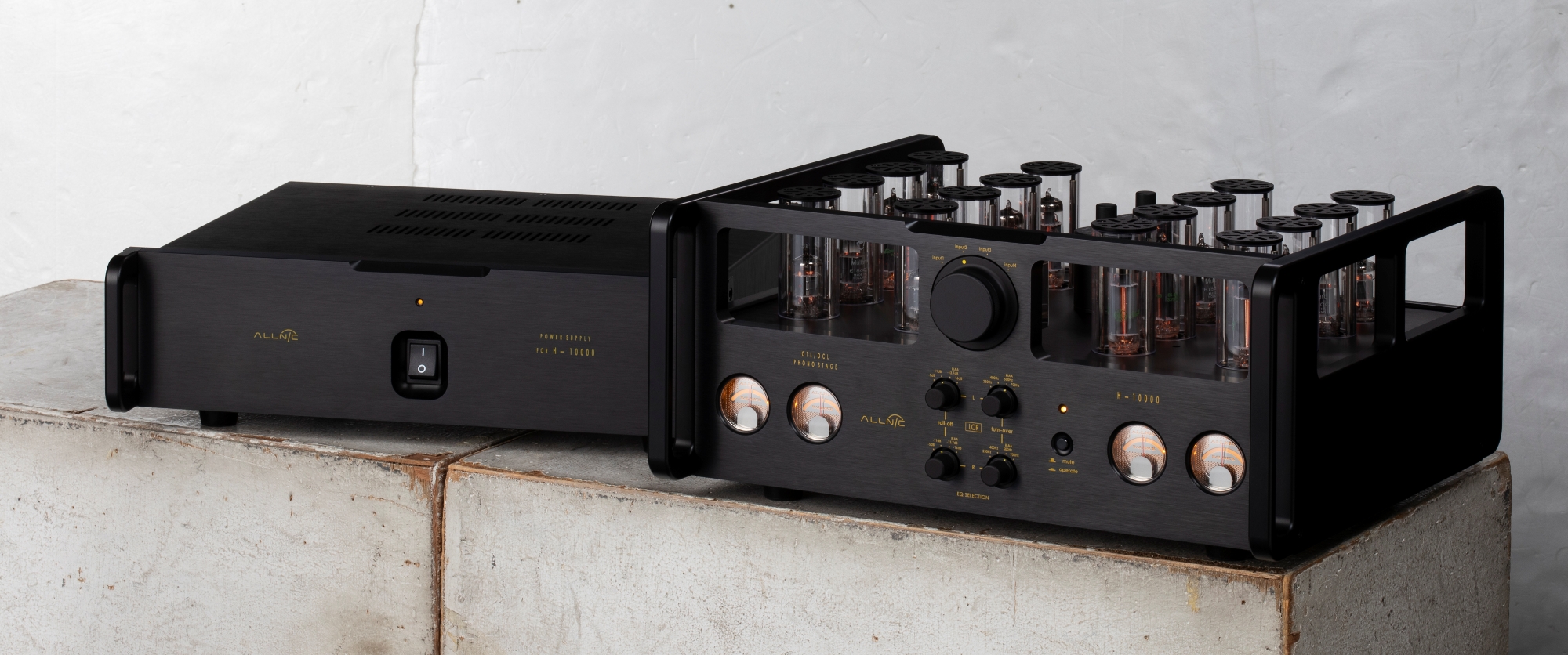






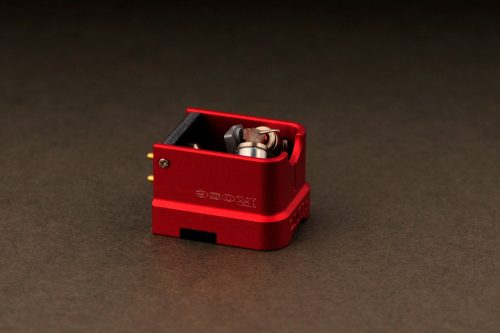

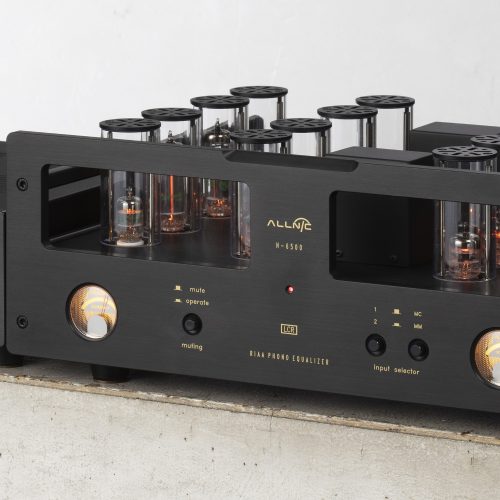
상품평
아직 상품평이 없습니다.